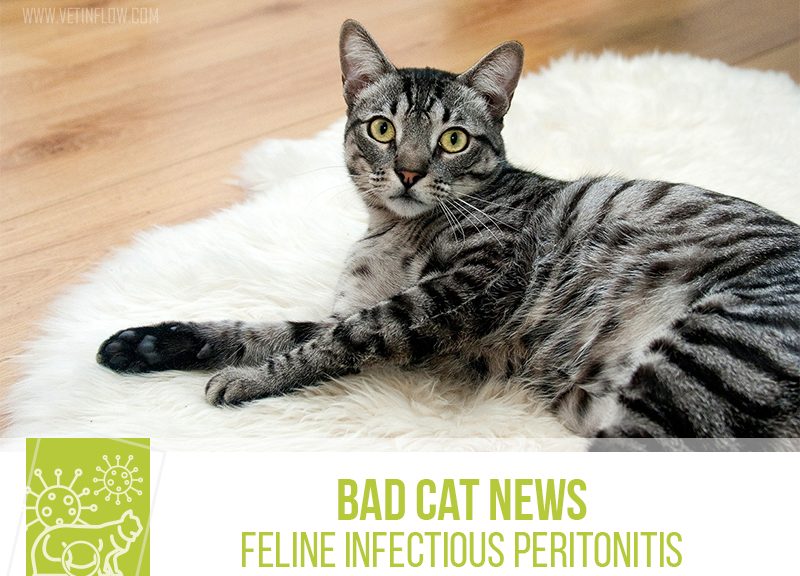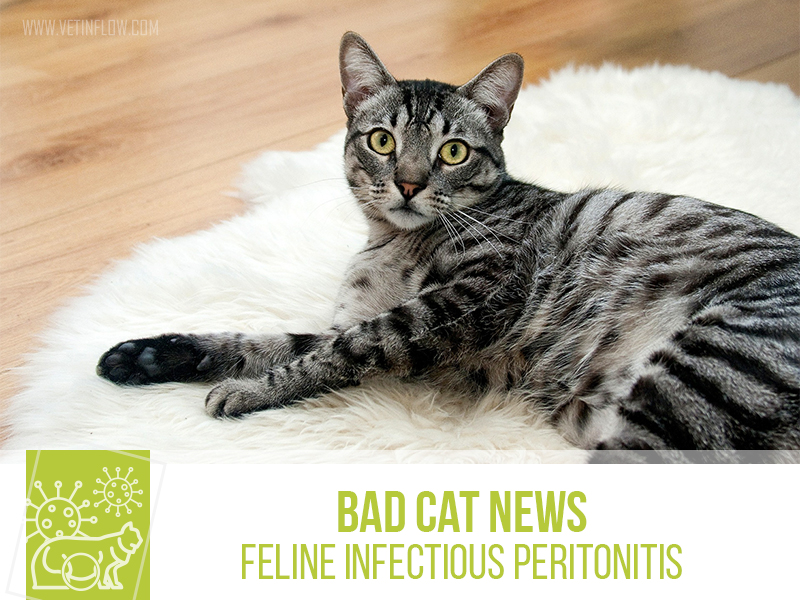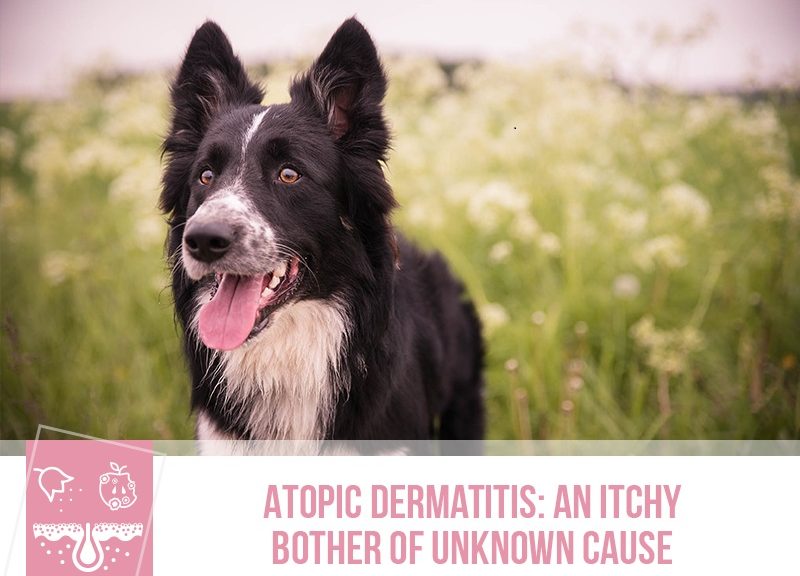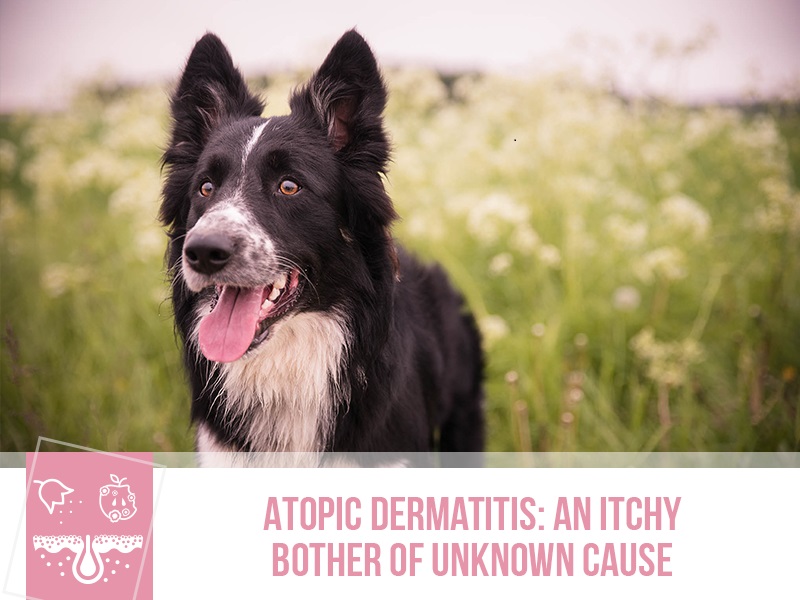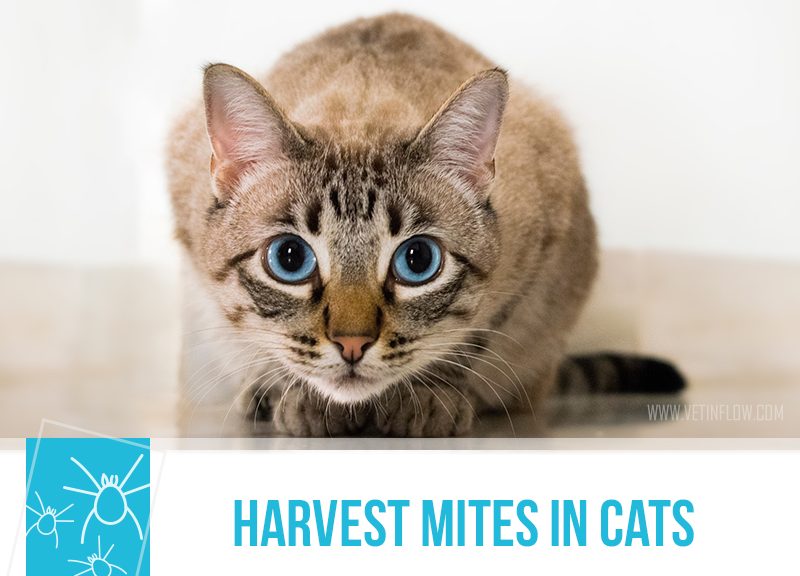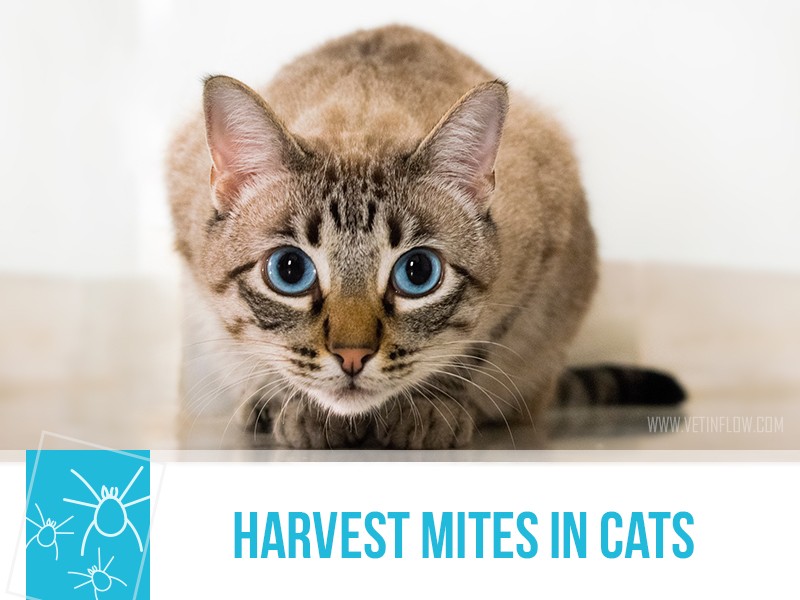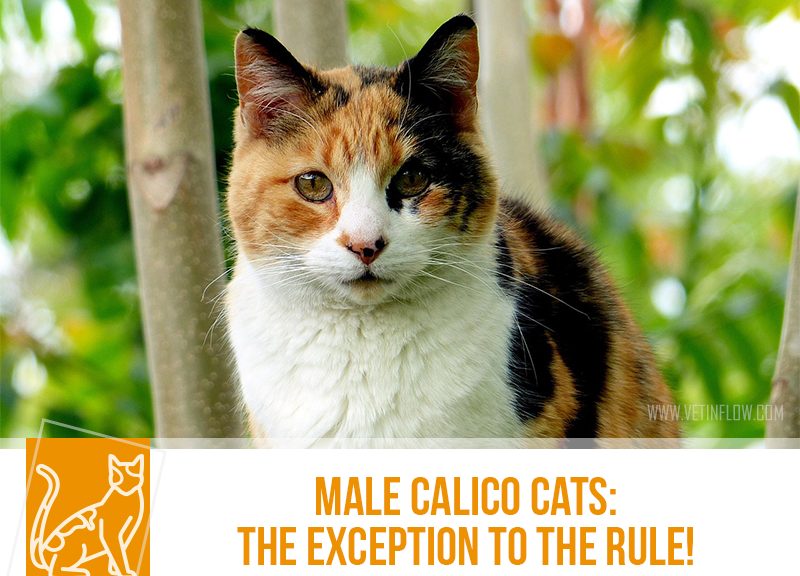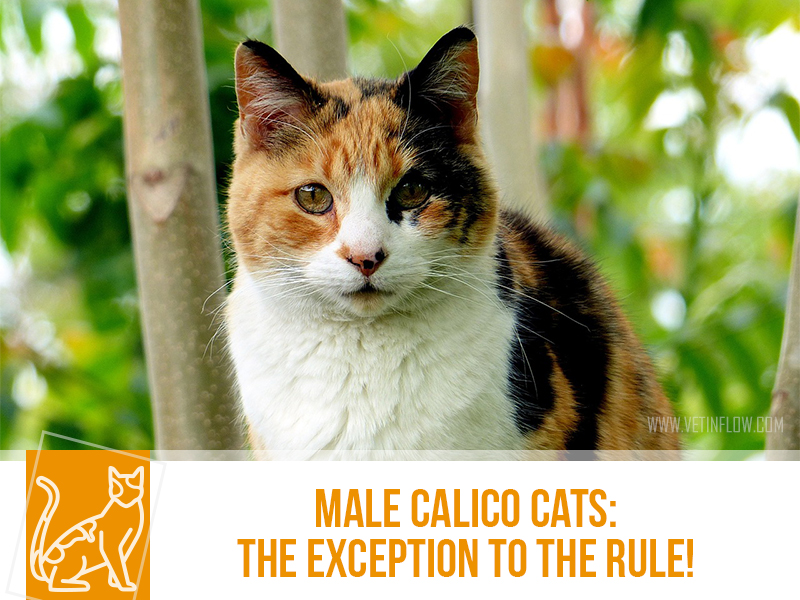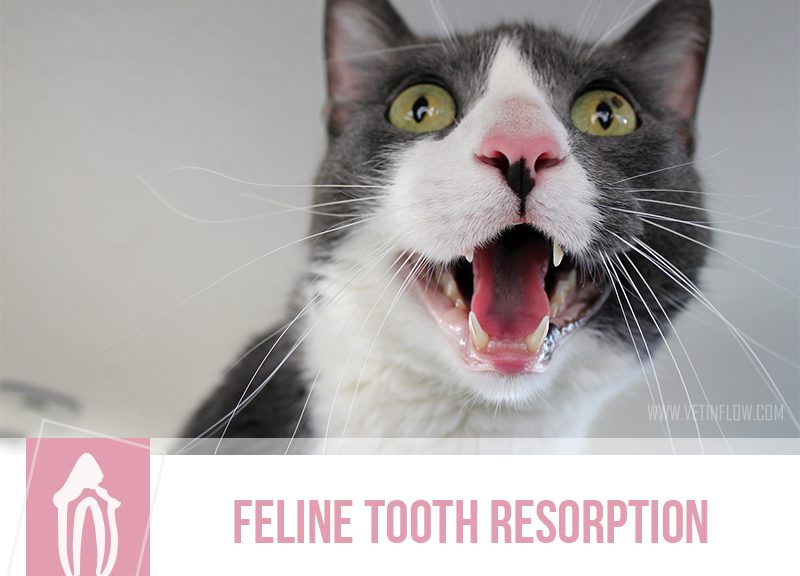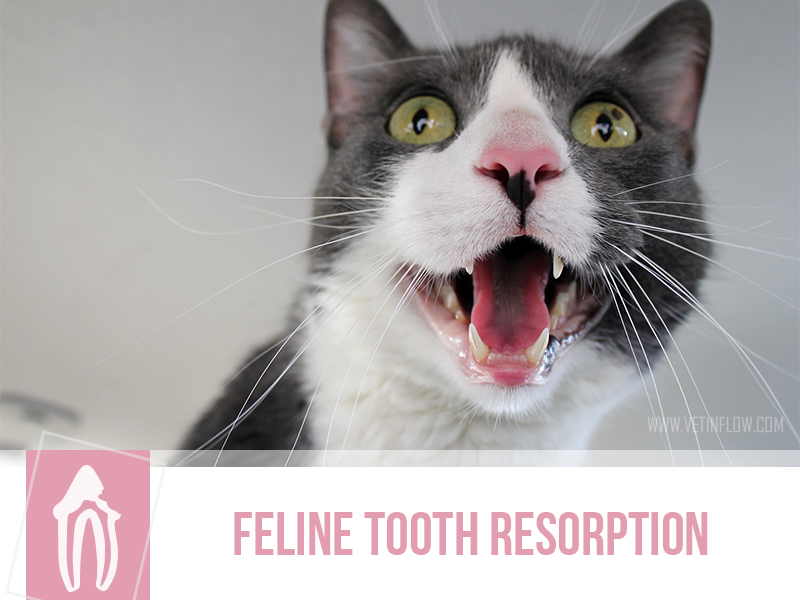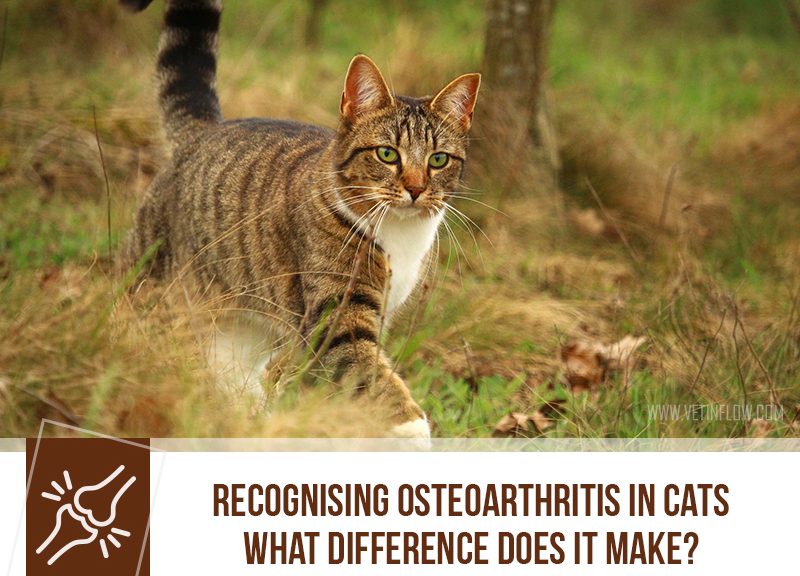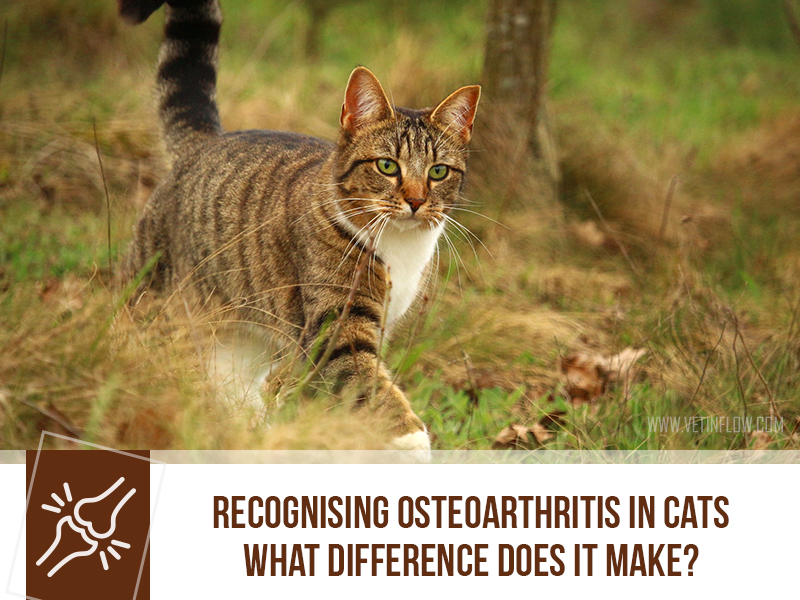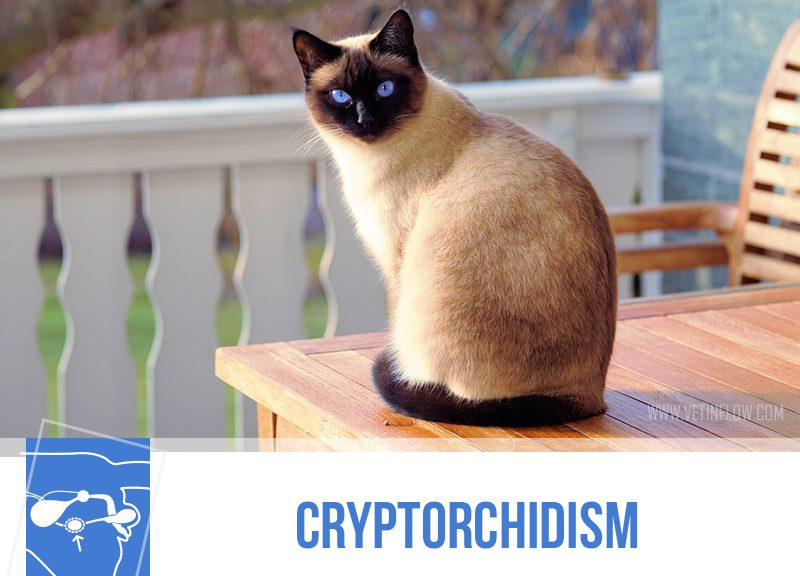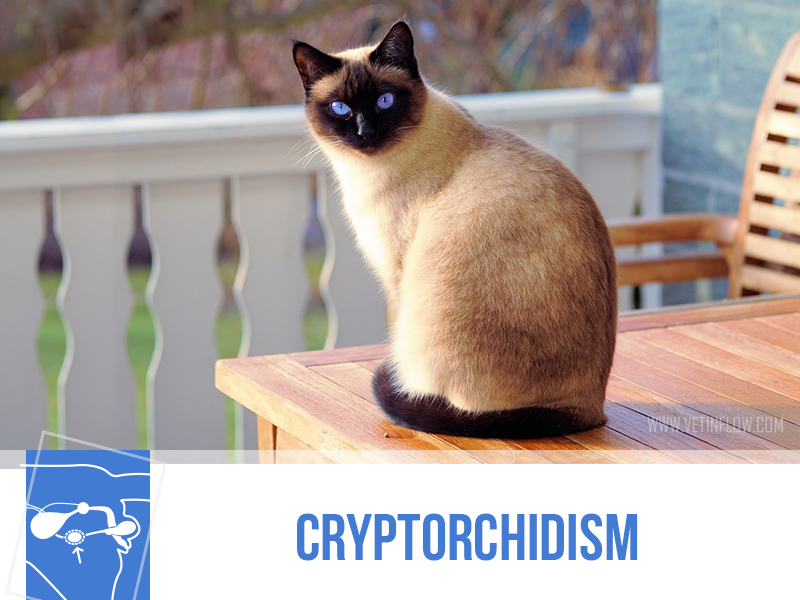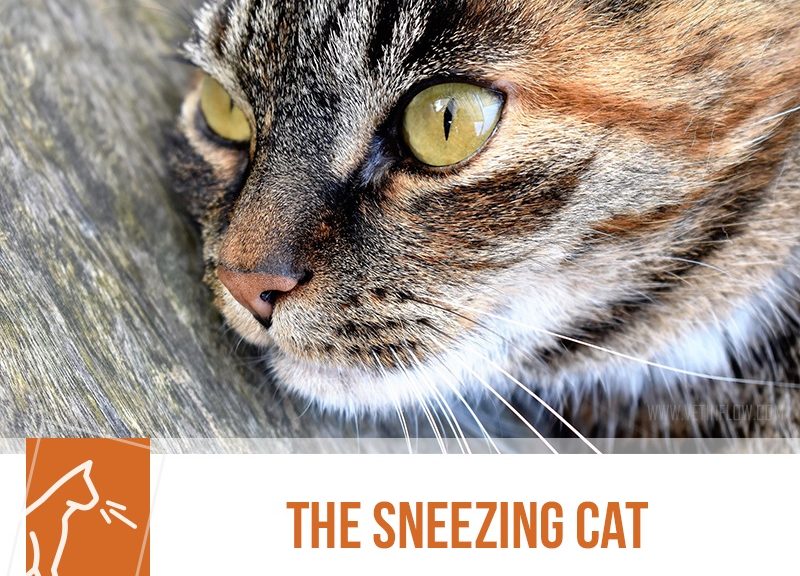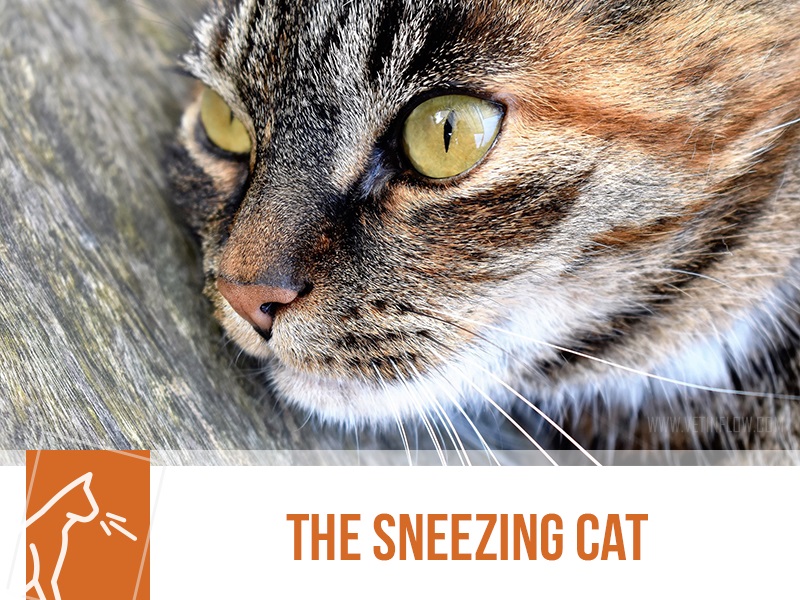We’ll come right out and say it: Feline Infectious Peritonitis is bad news for your fabulous feline.
This disease is called by a virus called Feline Coronavirus, a very common virus in cats, especially in multicat situations like catteries or households. Fortunately, while many cats are infected with Coronavirus a large majority will not have the virulent version of this virus. However, the ones that do are most likely to die and these number around 5% of all infected animals.
One of the main difficulties of Feline Infectious Peritonitis, (FIP), is that it’s diagnosis is not straightforward. The vague clinical signs, the fact that the virulent and non-virulent version cannot be distinguished with tests used routinely in practice and that blood and biochemical parameters have non-specific alterations make it quite hard for vets to diagnose FIP.
Why is it so lethal then? What happens is actually an issue of the cat’s own immune system reacting to the altered Coronavirus that lodges in macrophages. This enormous and destructive immune response will attack the host’s own tissues and cause clinical signs to occur.
There are two major forms of the disease: ‘effusive’ and ‘dry’. The difference here is that the ‘effusive’ version causes a fluid buildup in several cavities (though it is more usual in the abdomen) and the ‘dry’ version has little to no fluid buildup but you can generally see signs of the failure of various organs like kidney, liver or lungs.
Because it has no cure, prevention and good hygiene are paramount in minimising the damage this disease might have on your cat colony. Good faeces management and knowing which cats might be shedding the virus at any given time is very important to stop Coronavirus from spreading.
If you have a cattery, shelter or even just several cats on your home ask your vet about the best way to prevent this deadly illness!
Would you like to know more about cats? Check our Feline Courses:
